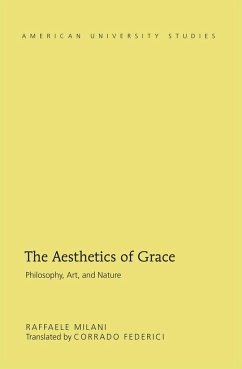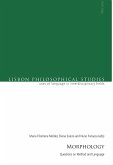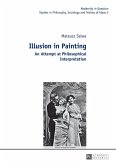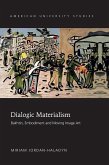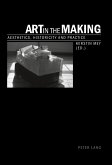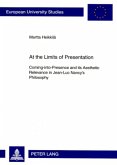In The Aesthetics of Grace: Philosophy, Art, and Nature, Raffaele Milani traces the fascinating history of the idea of 'grace' from ancient times to the 1700s. Although this term has been displaced by other concepts with the advent of modernism and postmodernism, the complex ideas related to the notion of 'grace' remain an important aesthetic category, and Milani presents an impressive panorama of reflections on and interpretations of the subject. The subtitle of the work indicates the broad scope of a study that recounts the origins of the term in Latin gratias (favor, regard, or gift), corresponding to the Greek Kharites (givers of beauty and charm). The volume then goes on to examine the Middle Ages, when the concept acquires a more specifically religious meaning (divine mercy, thanks), the Renaissance, when the terms 'gracefulness' and 'elegance' come to dominate in the treatises of the time, and the Ages of Romanticism and Neoclassicism, with their particular treatment of the topic. In the process, Milani meditates on the visual representations of these multiple meanings in the form of second-century frescoes, fifteenth-century paintings by Botticelli, Raphael, Titian, Da Vinci, Mantegna, Correggio, and Carracci, seventeenth-century canvases by Poussin and sculptures by Bernini, and eighteenth-century sculptures by Antonio Canova and paintings by Fragonard. This engaging work weaves with skill and subtlety philosophical, theological, and artistic ideas into a stimulating tapestry.
Bitte wählen Sie Ihr Anliegen aus.
Rechnungen
Retourenschein anfordern
Bestellstatus
Storno

